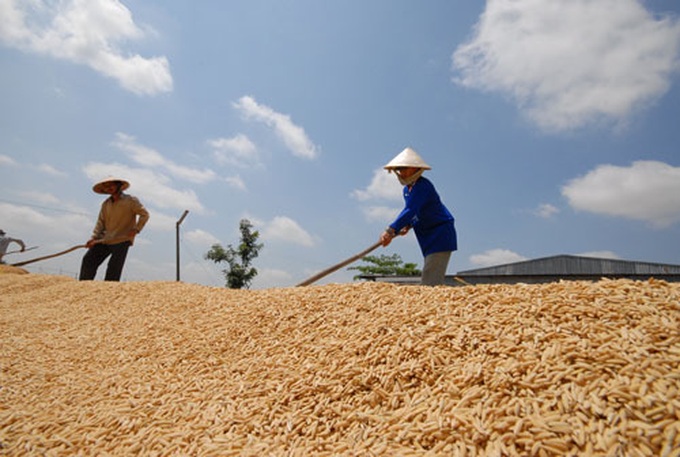Young people are leaving the Mekong Delta, Vietnam's rice bowl, while the region's economic growth is declining.

Mekong Delta region's economic growth is declining
These issues were discussed at the conference about socio-economic development of the Mekong Delta 30 years after the economic reforms implemented in 1986 held by Vietnam Academy of Social Sciences on October 28.
Nguyen Van Sanh, Director of the Mekong Delta Research Development Institute, said the Mekong Delta had recorded many achievements in the past years but its current situation was worrying.
"The region's GDP in 1990 is half again as much as Ho Chi Minh City's but this has changed because of the shortcomings in the region's economic structure," he said.
For a long time, Mekong Delta depended on rice fields. It only pays more attention to aquaculture and fruit recently. It has hardly developed any industrial zones or service industries back then, causing difficulties for 2.8 million households.
The region recorded annual economic growth of 10% in the 2001-2010 period, but this had fallen to 8.8% during the 2011-2014 period and 8% in 2015. Agriculture has become less important, as it only accounted for 33% of the region's GDP last year compared to 54% in 2000. Meanwhile, construction and industrial zones accounted for 26%, up from 18% in 2000 and the service industry was 41%, up from 28%.
Provinces adjacent to Ho Chi Minh City have much higher growth rates than the region's average rate.
"Coastal provinces like Bac Lieu, Ca Mau and Soc Trang used to have high growth rates, but started to decline since 2008. Central provinces like Can Tho, Dong Thap and An Giang had high rates during the 2007-2012 period, but the rates have dropped afterwards. Most provinces had worst growth rates last year," said Vo Hung Dung, director of the Vietnam Chamber of Commerce and Industry in Can Tho City.
He went on to say that weak infrastructure was the biggest reason why the Mekong Delta failed to attract investors. According to the provincial competitiveness index report, 36.4% of firms said bad roads damaged commodities, causing VND25m (USD1,100) in losses each year for each firm.
Migration crisis
From 1984 to 1989, 92,893 people moved from Mekong Delta region to other provinces. These numbers increased to 544,909 in the 2009-2014 period. But only 97,438 people moved to the delta from 2009 to 2014.
Le Thanh Sang, Director of the Southern Institute of Social Sciences, said, the migration rate was becoming higher and most of them are young people. They are not interested in agriculture and are moving to south-eastern areas to find jobs.
"Half of them went to Ho Chi Minh City, with the remainder going to Binh Duong and Dong Nai provinces," he said.
Meanwhile, agriculture and aquaculture are badly affected by climate change. Many households have also moved south-east.
The ageing rate in the region is also happening much faster than the country's average rate. The old age dependency ratio will increase in the next two decades. Taking into account various other factors, the Mekong Delta will be older and poorer.
People aged over 40 return home when they can no longer work and this has caused more pressure on the region's healthcare and economy as most of them aren't any richer upon returning.
In addition, many women are getting married to Chinese and South Koreans. However, lots of those marriages ended in divorce with the women returning home with their children.
"The Mekong Delta's migration problems need long-term and proper plans," Sang said.
